The term 3D printing, also known as additive manufacturing (AM), refers to forms used to make a three-dimensional solid object in which layers of the material is framed under computer control to make an object. It was first depicted in 1983 by Chuck Hull. In his strategy, which he named 'stereolithography', thin layers of a material that can be cured with UV light were successively printed in layers to frame a strong 3D structure. The technology has evolved significantly & it has various applications in manufacturing, medicine, engineering, education, aerospace, automotive etc.
3D printing may play a considerably more important role in healthcare in future outlook, thanks to the capability to offer personalized medications and better healthcare. Patent filings involving 3D printing has been second highest number of in the healthcare industry, at 29% (after manufacturing at 38%). Based on patent applications, healthcare has ranked first over the past two years. The patent activity is indicative of the suitability of AM technology for the healthcare industry, and it could be a strong beneficiary over the medium term.
3D bio-printing is being applied to regenerative medicine to address the need for tissues & organs suitable for transplantation. Bio-printing of tissues & organs can be characterized as layer-by-layer �added substance automated bio-fabrication� of three-dimensional utilitarian living large scale tissues and organ develops utilizing tissue spheroids as building blocks. The idea of 3D Bio-printing as 'organ printing' was proposed by �Mironov et al.�, by characterizing computer-aided jet-based designing of 3D tissues of living human organs.
Key technologies utilized for deposition & designing of organic materials include inkjet bio-printing, micro extrusion bio-printing and laser-assisted bio-printing. Distinctive components of these technologies ought to be considered in light of the most imperative factors in 3D bio-printing, which are surface resolution, cell reasonability and the organic materials utilized for printing.
Extrusion and inkjet are the more developed technologies, but LIFT may be viewed as the best in class, while Microvalve is the newest addition to this field with no significant weaknesses. It�s cheap and compatible with printing high viscosity material, but there is no commercial presence at this time.
3D bio-printing has already been used for the generation & transplantation of several tissues, including multilayered skin, bone, vascular grafts, tracheal splints, heart tissue, vascular tissue, lung tissue , neural tissue, liver tissue, pancreas tissue and cartilaginous structures. Other applications include developing high-throughput 3D-bioprinted tissue models for research, drug discovery and toxicology.
The global 3D bio-printing market is expected to grow at a CAGR of xx% during 2016 to 2025 to reach US$xx billion by 2025 from an estimated market value US$xx billion in 2016. This rapid growth is expected to be driven by rising demand of organs and tissues transplantation, collaboration of big healthcare companies with IT giants, technological advancement in 3D printing, increasing need for personalized medicine and cost-efficient production of bio-drugs, increasing use of 3D bio-printing in the cosmetic industry and increasing research and development investments towards new frontiers. In the US, 118,950 people are registered in the Organ Procurement Transplantation Network. Of these candidates, 22 die each day waiting for a lifesaving organ. In addition, the increase in the prevalence of chronic diseases such as Chronic Kidney Disease (CKD) requiring kidney transplant is expected to increase market growth as 3D bio-printing is a cost-effective and cost-effective substitute for organ transplants.
The global 3D bio-printing market was majorly dominated by the Americas. In 2016, the Americas accounted for the largest market share of XX% of the total market, owing to rising government initiative and increased organ transplant market, growing geriatric population, increasing prevalence of chronic diseases and high disposable income. It was followed by EMEA and Asia. The market is expected to grow due to advancement in bio-printing technology, high investment in R&D and presence of advance healthcare infrastructure and consumer base with high disposable incomes in these regions. Conversely, lack of complete automation in 3D bio-printing, strict regulatory requirements, lack of skilled manpower and socio-ethical concerns associated to the use of 3D-bioprinted products are the major development constraints in this market.
In terms of application areas, 3D bio-printing market is segmented into four major types: Drug discovery, cosmetic testing, tissue regeneration and medical devices. By 2024, Drug discovery and cosmetic testing are expected to hold the largest share of the bio-printing market. Currently, application of bio-printing in tissue regeneration is fastest growing segment.
Key players in the global 3D bio-printing market include EnvisionTEC, Organovo Holding, Inc., Cyfuse Biomedical, Stratasys Ltd., Regenovo, Aspect Biosystems, Advance Solutions, Materialise NV, Bio3D Technologies, 3Dynamics Systems, Envision TEC, and BioBots. Various companies have been collaborating with universities and research institutes that are dedicated toward working on organ regeneration technologies for the development of bio-printing in organ development.
Key questions answered and insights delivered in the report:
- 3D bio-printing market size by value from 2016 to 2025.
- 3D bio-printing market share by region in 2016.
- 3D bio-printing market share by application in 2016.
- 3D bio-printing market share by key players in 2016.
- 3D bio-printed skin market size by value from 2018-2028.
- Competitive landscape of 3D Bio-printed skin products in 2013.
- Patent publication trend in 3D bio-printing market by Year from 2000 to 2017.
- 3D bio-printing patent publication trend by technology in 2017.
- 3D bio-printing technology patent activity by application in 2017.
- 3D bio-printing time-wise evolution of technology trends; 2000-2017.
- 3D bio-printing key patent holders (Legal Assignees) in 2017.
- 3D bio-printing time-wise activity of key patent assignees from 2010-2017.
- 3D bio-printing most active patent inventors; 2017
- 3D bio-printing top inventors associated with key assignees in 2017.
- 3D bio-printing top collaborations of the assignees.
- 3D bio-printing patent priority by countries in 2017.
- List of key patents in 3D bio-printing.
- A comparative analysis of commercially available extrusion and droplet base bio-printers.
- A comparative analysis of commercially available bio-inks.
- A comprehensive analysis of current results & achievements with case study of artificial bladder, liver, trachea and skin printing for burn wounds.
- Merger & acquisition and collaboration activities by the key players in the market.
- How the growth drivers, future opportunities and challenges affect the market dynamics.
- Detailed company profiling of 17 market players including detailed description of their bio-printing products such as bio-printers and bio-inks and their latest news.

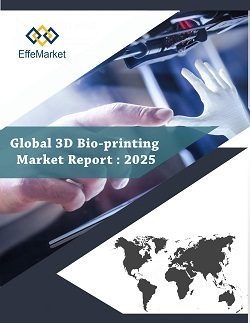



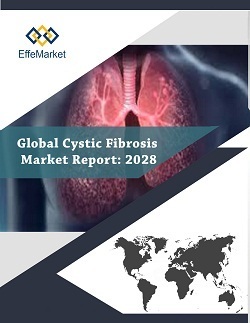





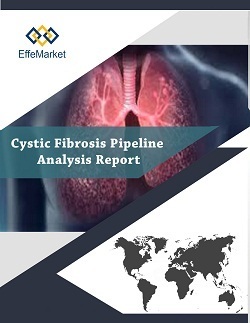
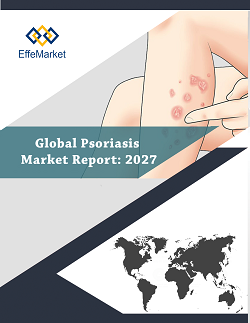
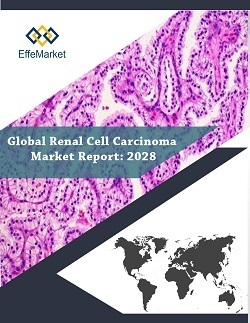
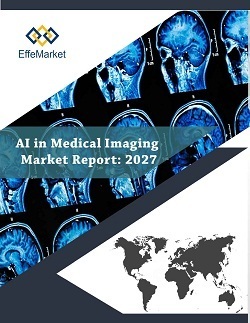

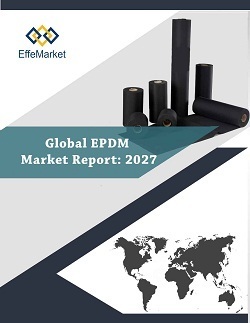
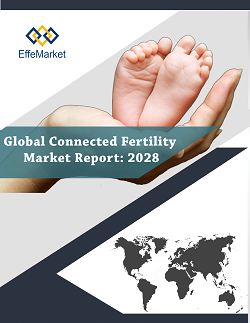



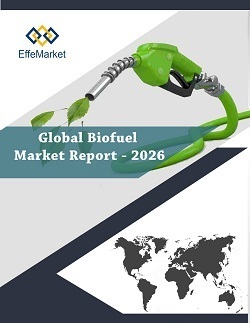
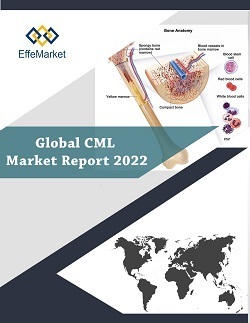
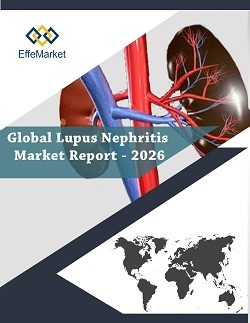

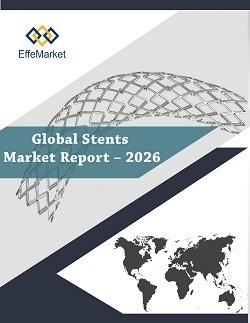
-Market-Report-2024.jpg)


